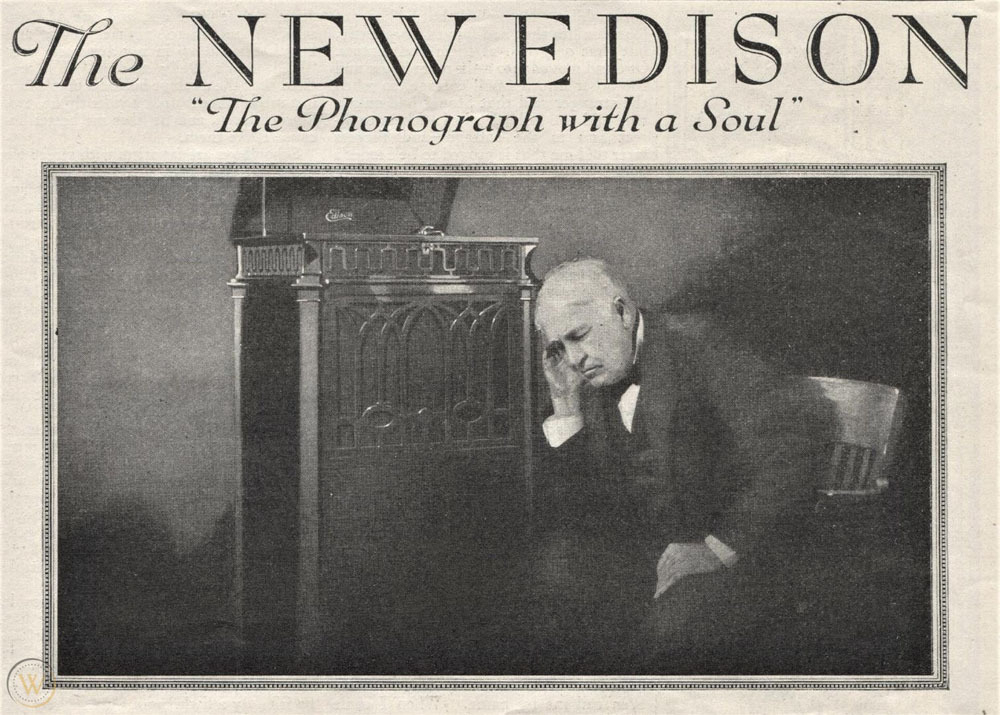The LibNFT Project: Leveraging Blockchain-Based Digital Asset Technology to Sustainably Preserve Distinctive Collections and Archives
CNI Fall 2022 Project Briefings
YouTube recording
K. Matthew Dames,
Edward H. Arnold Dean, Hesburgh Libraries and University of Notre Dame Press, University of Notre Dame,
President, Association of Research Libraries
Meredith Evans,
President,
Society of American Archivists
Michael Meth,
University Library Dean,
San Jose State University
Nearly 12 months ago, celebrities relentlessly touted cryptocurrency during Super Bowl television ads, urging viewers to buy now instead of missing out. Now, digital currency assets like Bitcoin and Ethereum are worth half what they were this time last year. We believe, however, that the broader public attention on cryptocurrency’s volatility obscures the relevance and applicability of non-fungible tokens (NFTs) within the academy. For example, Ingram has announced plans to invest in Book.io, a company that makes e-books available on the blockchain where they can be sold as NFTs. The famed auction house Christie’s launched Christie’s 3.0, a blockchain auction platform that is dedicated to selling NFT-based art, and Washington University in St. Louis and the University of Wyoming have invested in Strike, a digital payment provider built on Bitcoin’s Lightning Network. Seeking to advance innovation in the academy and to find ways to mitigate the costs of digitizing and digitally preserving distinctive collections and archives, the discussants have formed the LibNFT collaboration. The LibNFT project seeks to work with universities to answer a fundamental question: can blockchain technology generally, and NFTs specifically, facilitate the economically sustainable use, storage, long-term preservation, and accessibility of a library’s special collections and archives? Following up on a January 2022 Twitter Spaces conversation on the role of blockchain in the academy, this session will introduce LibNFT, discuss the project’s early institutional partners, and address the risks academic leaders face by ignoring blockchain, digital assets, and the metaverse.

